When trying to build a new dungeon, a big bad, or an encounter in a role-playing game there are times when you need a little creative help to come up with ideas. The good news is that creativity is a process, a skill and most importantly something you can develop.
[embedyt] https://youtu.be/Pb5oIIPO62g [/embedyt]
John Cleese talks about it in Creativity In Management. He covers two modes of thinking (ie Analytical & creative) and how they are separated. And then how to access the open mode for better creativity. In essence, to access the open creative mode of thinking he talks about having the mental Space free from distraction; a definite start & stop Time with a duration of about an hour & a half; Time to explore the topic or play with the problem so that you can find the best solution; Confidence to explore the what ifs and take risks; And Humour which is an essential part of playfulness and creativity. Also working with others in a positive environment, because quashing ideas blocks creativity.
A creative design process
The steps, below are adapted from the Visual Communication Design process with a few changes to focus it on to the subject of RPGs. The aim of this is
- Goal. Is it a dungeon, NPC, encounter, magic item, or something else? Set out what you want to achieve. It may seem obvious now, but after an hour wandering the Internet, you will have forgotten why you started.
- Research. Get some background information on the thing you are planning on creating. Most of the time it may be refreshing yourself with the rules around the goal or topic you are exploring. Make notes, even if it’s just some random scratching on a spare sheet of paper, it will help sort out your thinking.
- Idea generation. This is where you pull out some creative thinking tools to produce a list of possibilities. This is a whole subject on its own. Just jot down the ideas, if they come. If they don’t have a break and distract yourself with something else, and you may find ideas start to flow. Do not worry if they are bad, just keep producing some and you may find a good one.
- Developing the concept. At this stage, you go through what you have generated and pick one or two for further development. I tend to cluster the ideas around themes (EG. NPCs, Locations, Events, Story threads, etc.). Then pick one idea and start adding stuff to flesh out the bones of the concept.
- Refinement. Once you have a single idea developed, you can now start refining it with more detail with the aim of creating the finished thing (NPC, Location, Events, etc). This usually happens by getting some feedback from other people to help pick out things you may have missed. Now you can’t show it to your players, but other GMs or online groups are great for this stuff and will help lift it to the next level.
- Presentation. Finally, once you’ve met your goal, it’s on to creating the final form. Taking what you want of the feedback, add it to the bowl and mix thoroughly to blend it all together.
Now, this is not always a linear process where you go from one step to the next. And for a small project, like rolling up an NPC, many of the steps can merge together. However, when developing large stuff, like a campaign world, a city, or organization, it does become useful to follow.
Finally, Bobby McFerrin on creativity, where he talks about how creativity is the mix of improvisation and technique. Although it’s about music the same is true for role-playing games. To do enough preparation to enable the mixing of pre-created content with the improvisation of the game session.
[embedyt] https://www.youtube.com/watch?v=fYXFxP8P23s[/embedyt]
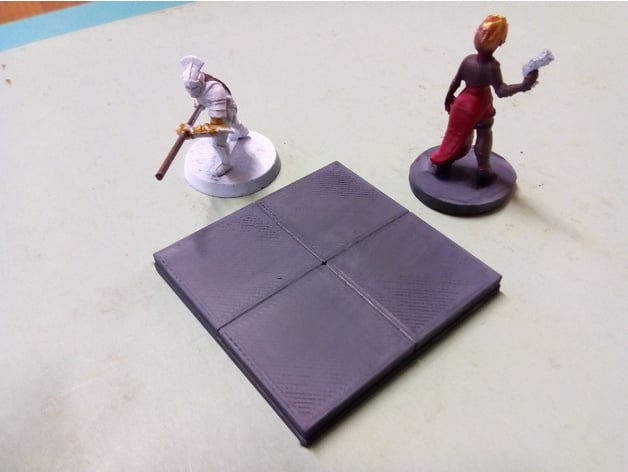
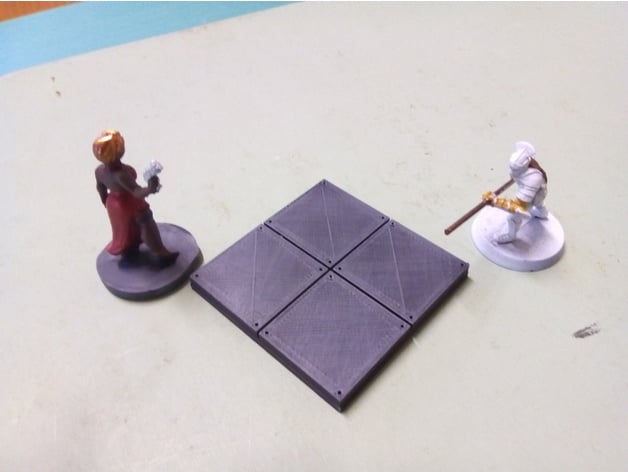
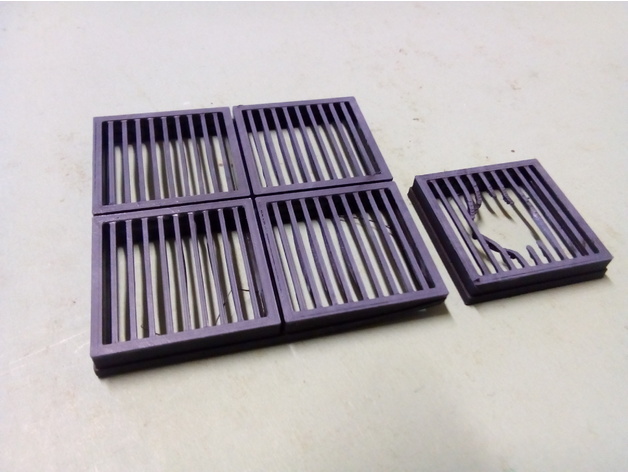
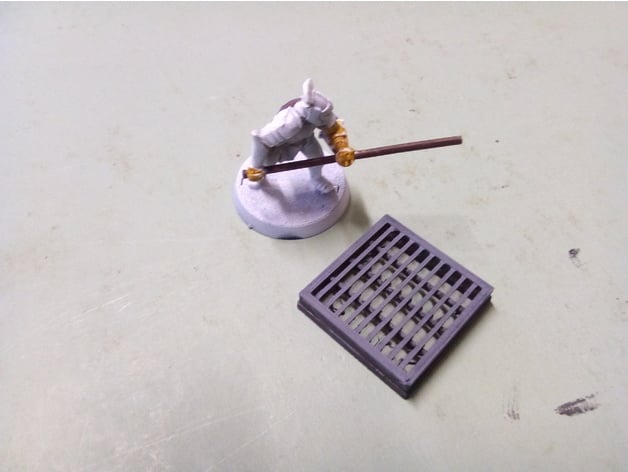
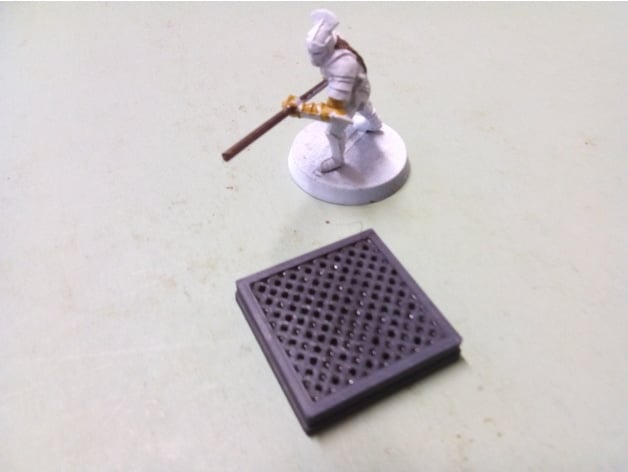
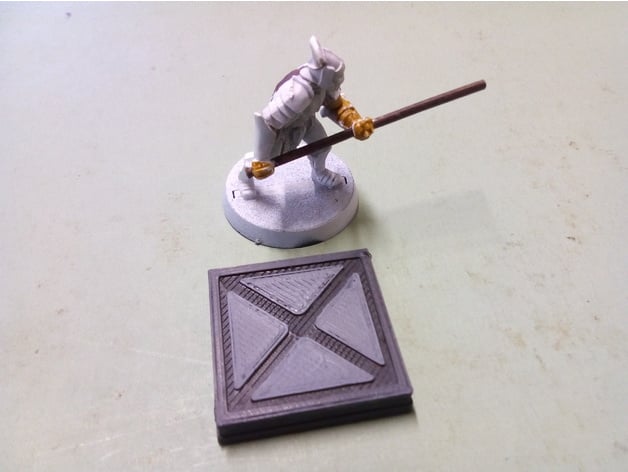
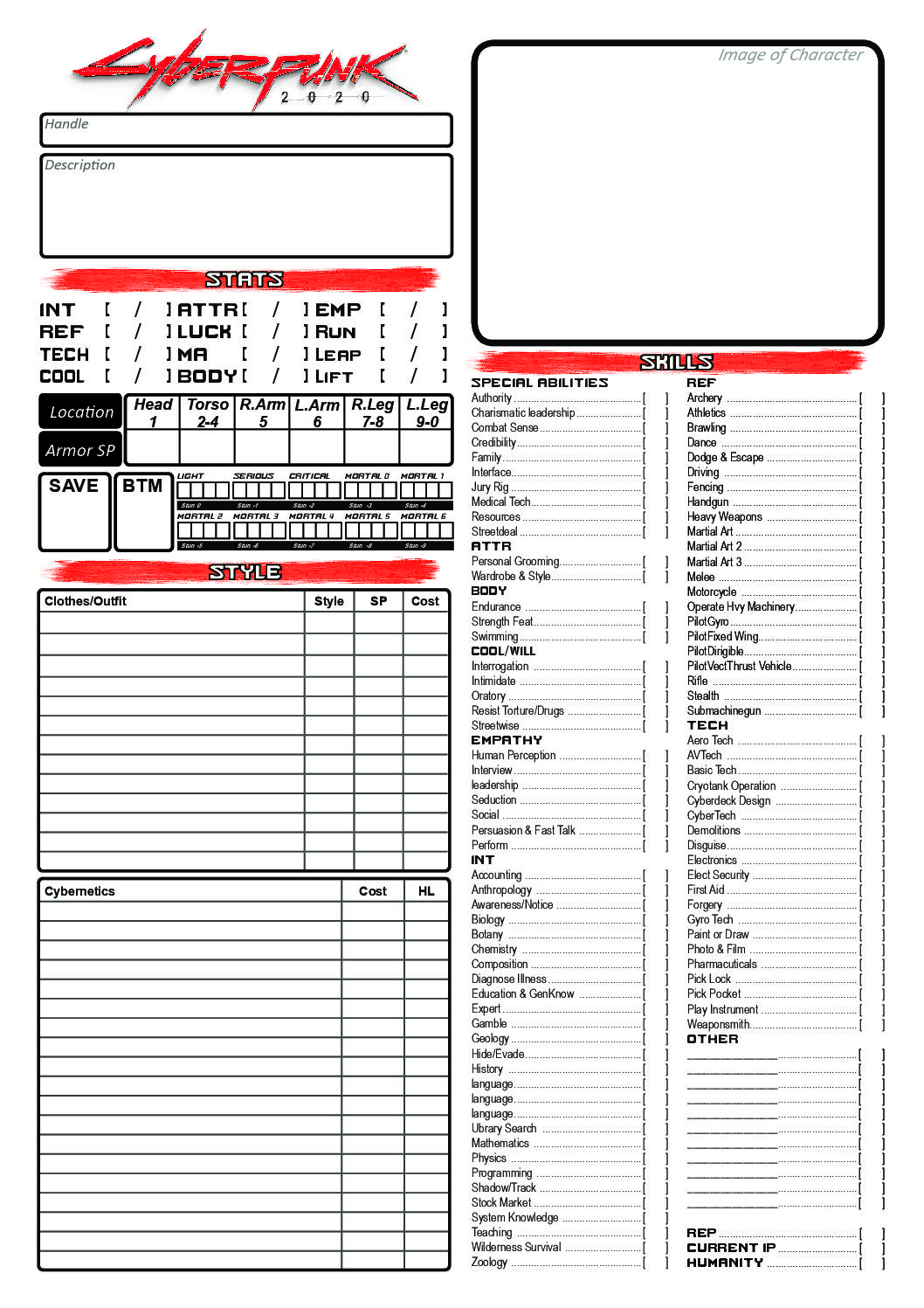
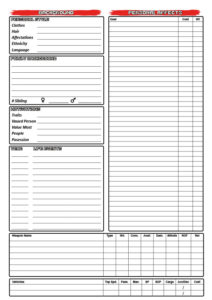

You must be logged in to post a comment.